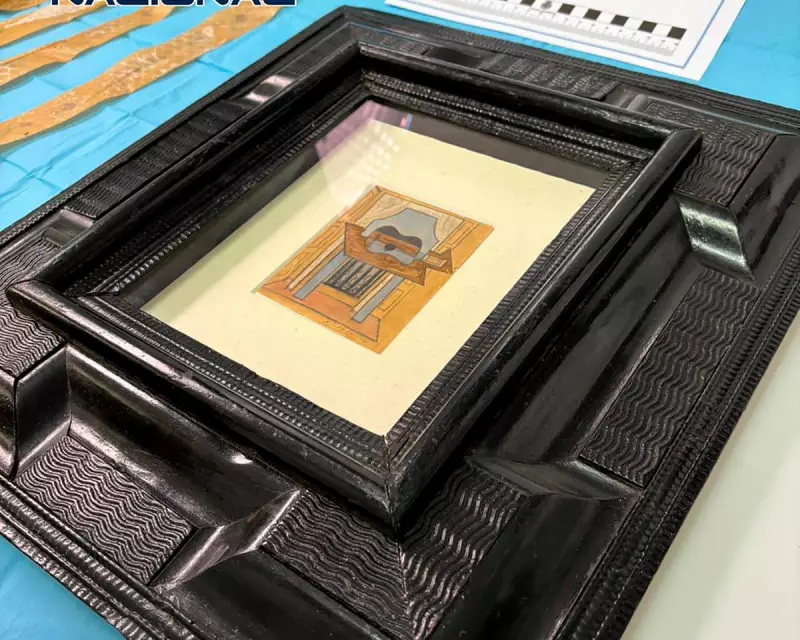
One of the art world's most intriguing cold cases has finally been solved, as a long-lost Picasso painting has resurfaced after spending nearly thirty years hidden from public view.
The Vanishing Masterpiece
Bodegón con jarra y cuchillo (Still Life with Pitcher and Knife), created by Pablo Picasso in 1944 during his Paris years, mysteriously disappeared from public consciousness in the 1990s. The painting, which showcases Picasso's distinctive post-war style, had been last documented in a 1992 exhibition before vanishing without trace.
The Breakthrough Discovery
Art historians and investigators have now confirmed the painting's whereabouts in a private collection in northern Spain. The breakthrough came when researchers from the University of Barcelona's art department, while compiling a comprehensive catalogue of Picasso's works, uncovered evidence pointing to the painting's location.
Dr Elena Torres, lead researcher on the project, explained: "We discovered documentation that traced the painting's journey through several private hands in Spain. It had never left the country, simply moved between private collections without public exhibition."
A Painting's Secret History
The investigation revealed that the artwork had changed ownership several times through private sales, with each transaction carefully documented but never publicly announced. This quiet movement between collectors allowed the painting to remain 'lost' to the wider art world while being perfectly safe and preserved.
The still-life represents a significant period in Picasso's career, created shortly after the liberation of Paris. Art experts suggest the work reflects both the austerity of the war years and the emerging optimism of the post-war period.
Impact on the Art World
The rediscovery has sent ripples through the art community, not only solving a long-standing mystery but also adding an important piece to the puzzle of Picasso's prolific output during the 1940s.
The painting's current owner has chosen to remain anonymous but has agreed to allow the work to be included in future academic studies and potentially in public exhibitions, ensuring that this important piece of cultural heritage will no longer be hidden from view.





